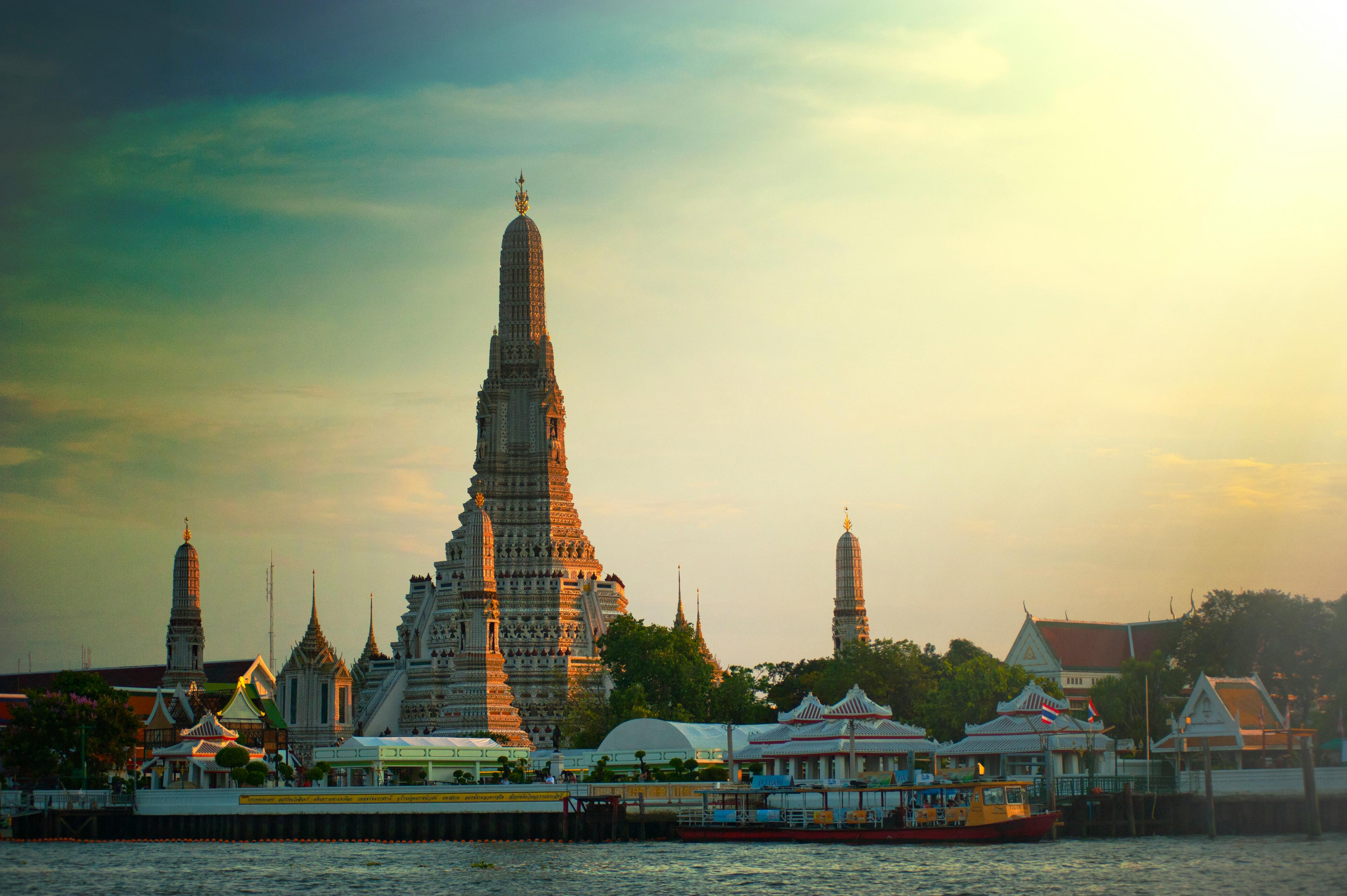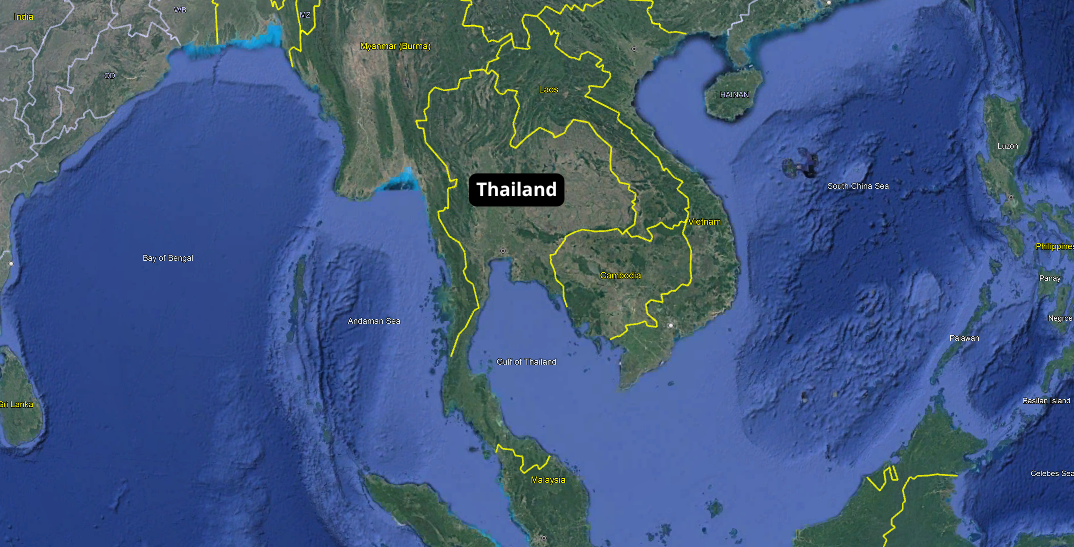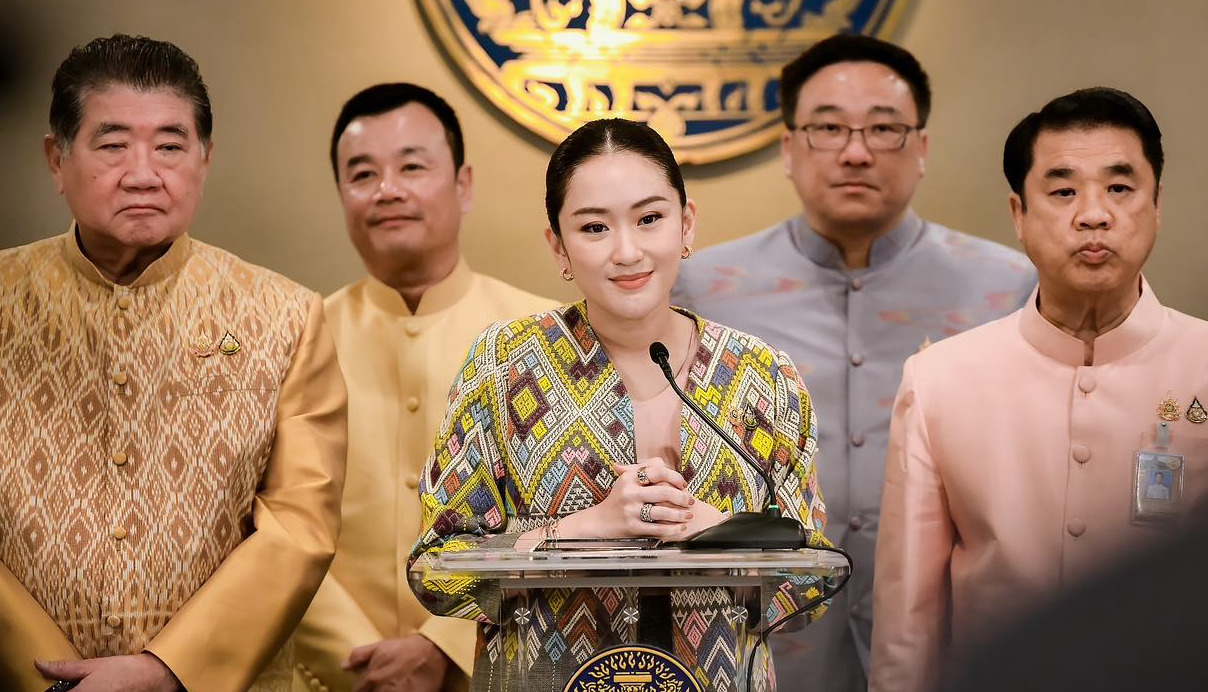Thailand, known for its rich cultural heritage, stunning landscapes, and bustling cities, is a Southeast Asian country that has captivated the world with its unique blend of tradition and modernity. Let’s dive into a comprehensive overview of Thailand, touching on its geography, history, culture, economy, and tourism highlights.

Geography
Thailand, officially known as the Kingdom of Thailand, is located at the center of the Indochina Peninsula. It shares borders with Myanmar to the northwest, Laos to the northeast, Cambodia to the southeast, and Malaysia to the south. Thailand's diverse geography includes forested mountains in the north, the central plains around the Chao Phraya River, the northeastern plateau, and beautiful beaches and islands in the south.
The country is divided into several regions with distinct natural landscapes. The north is mountainous and cooler, home to cities like Chiang Mai and Chiang Rai. The central region, often called the “Rice Bowl of Asia,” is fertile and essential for agriculture. In the northeast (Isan), there’s a mix of rolling hills and plateaus, while the southern region boasts tropical islands like Phuket and Krabi, famous for their white-sand beaches and clear waters.

History
Thailand has a long, rich history dating back thousands of years. The area has been inhabited since prehistoric times, as seen in ancient artifacts and cave paintings. Early civilizations flourished, and by the 13th century, the Sukhothai Kingdom emerged as the first Siamese state. Sukhothai, meaning “Dawn of Happiness,” laid the foundation for Thai culture, art, and language. The Sukhothai era is considered a golden age, marked by significant developments in art, architecture, and literature.
Following Sukhothai, the Ayutthaya Kingdom rose to prominence in the 14th century and became a major power in Southeast Asia. Known for its cosmopolitan nature, Ayutthaya was a thriving center of trade, connecting with merchants from as far as Europe. However, in 1767, Ayutthaya fell to Burmese forces, and the kingdom was eventually replaced by the Thonburi Kingdom under King Taksin.
In 1782, the Chakri Dynasty was established by King Rama I, founding the city of Bangkok as the capital. The dynasty remains today, with the current monarch being King Maha Vajiralongkorn (King Rama X). Thailand is unique as the only Southeast Asian country never to have been colonized, which has allowed it to retain a strong sense of national identity.
Culture
Thai culture is a rich tapestry influenced by Buddhism, which is the dominant religion practiced by over 90% of the population. Buddhism shapes much of Thailand’s values, festivals, and everyday life, with thousands of temples (wats) dotting the landscape. Thai people are known for their politeness, often demonstrated through the “wai” gesture, a slight bow with hands pressed together, as a sign of respect.
The concept of “sanuk,” or the pursuit of enjoyment and fun, is integral to Thai society. This idea influences many aspects of daily life, from work to leisure, making Thailand a country that values both hard work and pleasure.
Another vital aspect of Thai culture is its traditional arts. Thai dance, classical music, and literature hold deep historical significance. Traditional Thai dance is highly stylized and usually tells stories from classical literature or folklore. Meanwhile, Muay Thai, or Thai boxing, is both a popular sport and a cultural treasure, with a heritage dating back centuries.
Thai cuisine is famous worldwide for its bold flavors and balanced taste profiles. Key ingredients include chili, lemongrass, garlic, and fish sauce. Dishes like Tom Yum Goong (spicy shrimp soup), Pad Thai (stir-fried noodles), and Som Tum (spicy green papaya salad) are renowned for their unique combinations of sweet, sour, salty, and spicy elements.
Economy
Thailand has one of Southeast Asia's largest and most diversified economies, driven by manufacturing, tourism, agriculture, and exports. It is a major exporter of rice, rubber, automobiles, and electronics. The central region’s fertile plains make Thailand one of the world’s top rice producers, and the country has long been known as the “Rice Bowl of Asia.”
The automotive industry is a key sector in Thailand’s economy, making the country one of the world's largest automobile manufacturers. Companies like Toyota, Honda, and Ford have established factories in Thailand, producing vehicles for both domestic and international markets.
Tourism also plays a significant role in Thailand’s economy, contributing billions of dollars annually. Thailand is a popular destination for its beaches, cultural sites, and lively cities, attracting millions of visitors each year. The tourism industry faced challenges during the COVID-19 pandemic, but it has shown resilience and is rebounding strongly.
Government and Politics
Thailand is a constitutional monarchy with a parliamentary system. While the monarchy holds a revered position within Thai society, the country’s political landscape has been marked by instability, with numerous military coups over the years. Since 1932, when Thailand transitioned from an absolute monarchy to a constitutional monarchy, the military has intervened several times in politics, often citing the need to preserve stability.
The country has seen several phases of political transformation, including democratic reforms and pro-democracy movements. The current government is led by a prime minister, with King Maha Vajiralongkorn as the head of state. Thai politics continues to be a topic of interest, with ongoing debates around governance, democracy, and the role of the monarchy.

Tourism Highlights
Tourism in Thailand is diverse, offering something for everyone. The country is home to bustling cities, ancient temples, serene beaches, and lush jungles. Some key tourist destinations include:
1. Bangkok: Thailand’s capital is a vibrant metropolis known for its mix of old and new. The Grand Palace, Wat Pho (Temple of the Reclining Buddha), and Wat Arun are iconic attractions. Bangkok’s floating markets, bustling street food scene, and shopping malls add to its charm.
2. Chiang Mai: Known as the cultural capital of Thailand, Chiang Mai in the north offers a more laid-back vibe compared to Bangkok. It is famous for its ancient temples, traditional festivals, and scenic mountainous surroundings. The annual Yi Peng Lantern Festival, where thousands of lanterns are released into the sky, is a must-see event.
3. Ayutthaya: A UNESCO World Heritage Site, Ayutthaya is home to ancient ruins that showcase the grandeur of a former Thai kingdom. The historic park includes temples, statues, and palaces that offer insight into Thailand’s past.
4. Phuket: Thailand’s largest island, Phuket is renowned for its beautiful beaches, luxury resorts, and vibrant nightlife. Patong Beach, Kata Beach, and the Phi Phi Islands are popular spots for sun-seekers and water sports enthusiasts.
5. Krabi: Known for its dramatic limestone cliffs, turquoise waters, and secluded beaches, Krabi is a paradise for nature lovers. Railay Beach and the islands of Koh Lanta and Koh Phi Phi are highlights in this stunning region.
6. Pattaya: Located close to Bangkok, Pattaya is known for its beaches, water sports, and lively entertainment scene. It’s a popular destination for weekend getaways from the capital.
7. Isan Region: For those seeking an off-the-beaten-path experience, the northeastern Isan region offers a unique cultural experience with its festivals, traditional cuisine, and ancient Khmer ruins.
Festivals and Celebrations
Thai festivals are colorful and joyful, often based on religious or seasonal events. Some of the most notable festivals include:
Songkran: Known as the Thai New Year, Songkran is celebrated with water fights across the country. It’s a time for families to come together, pay respects to elders, and engage in water-based festivities.
Loy Krathong: Celebrated in November, Loy Krathong involves floating decorative baskets on rivers to symbolize the release of negativity and the welcoming of good fortune. It is a stunningly beautiful event, especially in places like Chiang Mai and Sukhothai.
Yi Peng: Celebrated in northern Thailand alongside Loy Krathong, Yi Peng is famous for the release of sky lanterns. The sight of thousands of lanterns floating into the sky is breathtaking and symbolizes wishes for the future.
Conclusion
Thailand is a dynamic and captivating country that seamlessly blends tradition with modernity. From its rich history and cultural depth to its stunning natural landscapes, Thailand offers an array of experiences that appeal to travelers and locals alike. Its economic resilience, cultural festivals, and warm hospitality make it a unique destination in Southeast Asia. Whether exploring ancient temples, relaxing on tropical beaches, or indulging in world-renowned cuisine, Thailand leaves a lasting impression on everyone who visits.
- Log in to post comments
